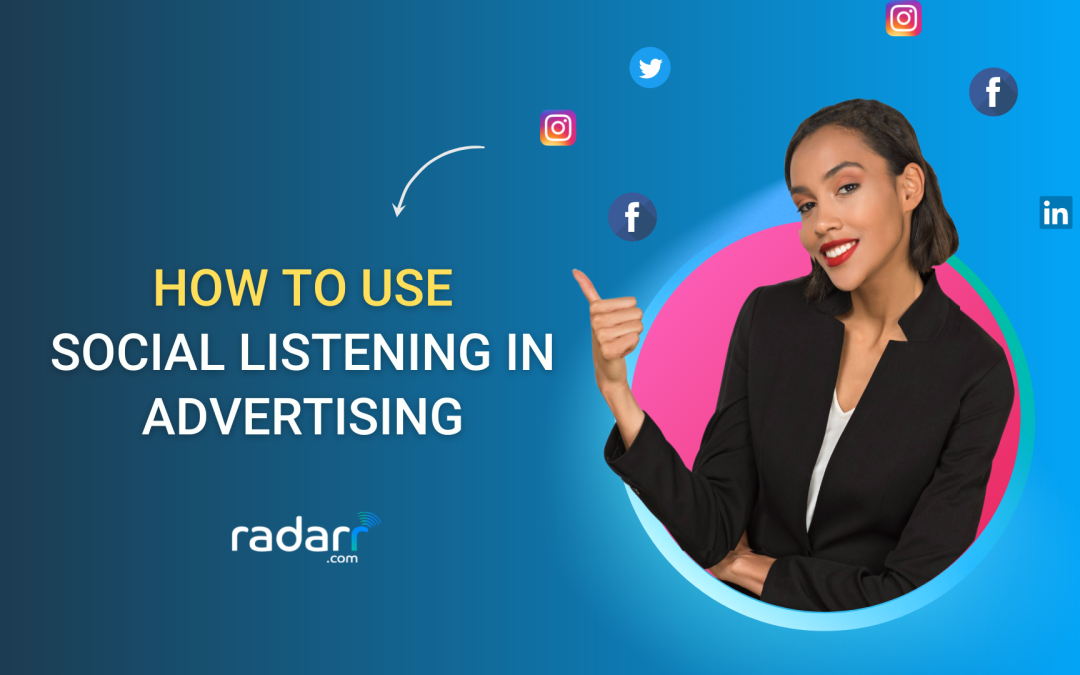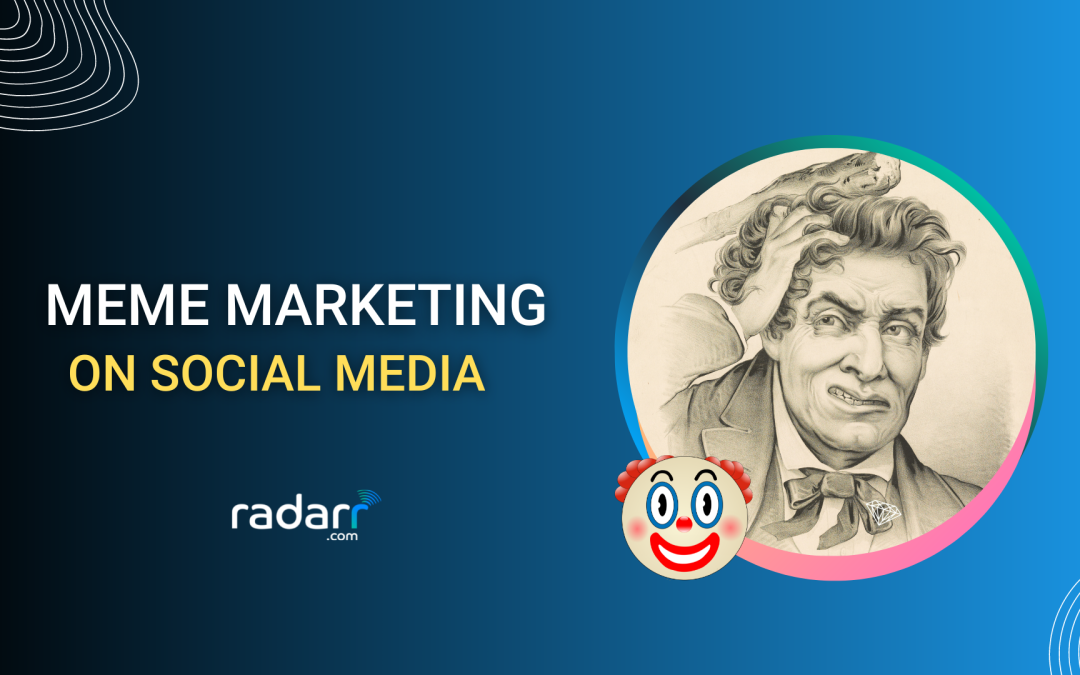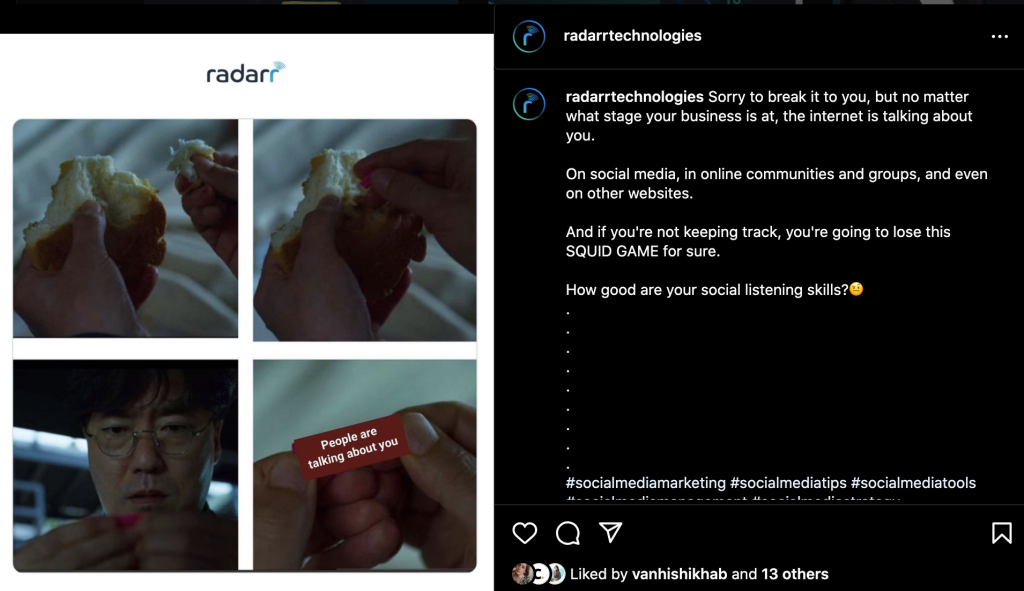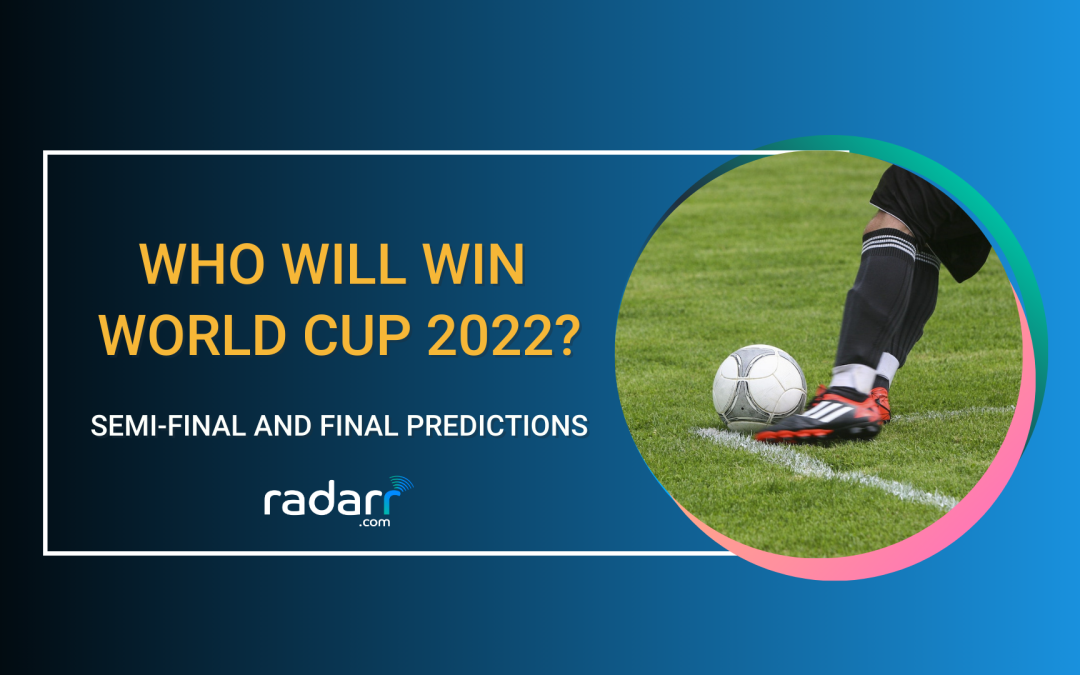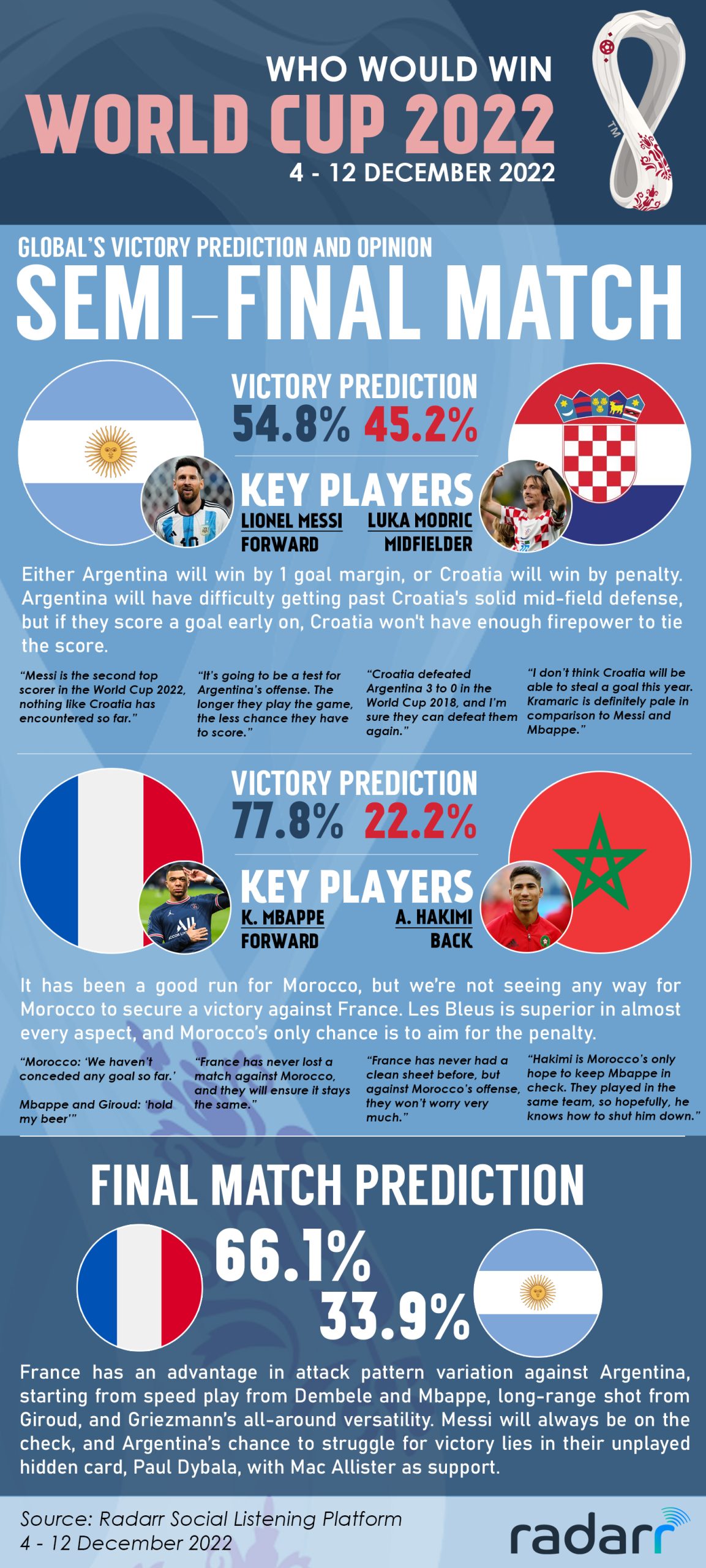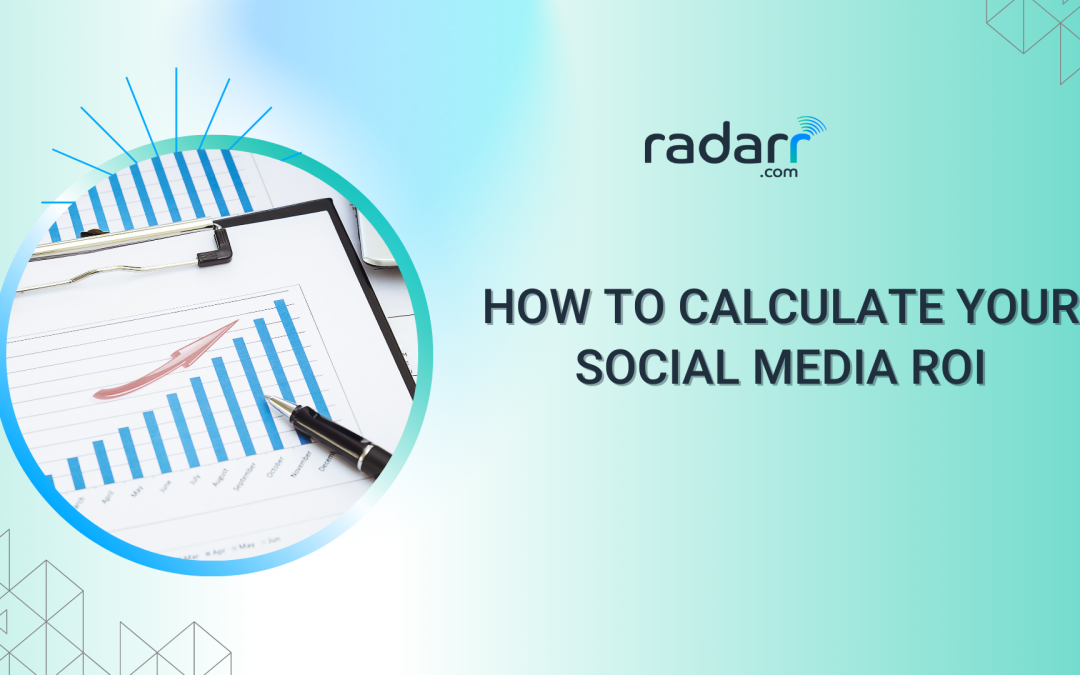
A Simple and Effective Guide on How to Calculate Your Social Media ROI
Social media is an essential part of any brand’s marketing strategy. But for most brands, calculating social media ROI is tricky.
How can you know if your marketing efforts are actually working? And if so, how do you measure its effectiveness?
There are several ways to measure the impact of your social media efforts on your bottom line; however, they aren’t always accurate or reliable.
In this guide, we’ll show you how to calculate your brand’s social media ROI to help you understand your brand’s impact on the market, improve your marketing strategy, and ultimately increase sales!
What is social media ROI?
Social media ROI is the measure of a company’s return on investment from their social media presence. It’s most often measured in terms of engagement, traffic, and sales.
It’s about whether or not the time, money, and effort you put into your social media accounts are worth it. A simple formula to calculate your social media ROI is:
ROI = (return – investment) / investment X 100
Return is what you get in exchange for your investment—in this case, a successful marketing campaign. You might be able to measure this by counting the number of new followers you have or by looking at the amount of engagement your post received.
Investment is the time and money you spend on your marketing efforts. This could include things like paying someone to use their Instagram account or scheduling posts on platforms like Radarr.
Social media ROI helps brands track the effectiveness of their social media marketing efforts. It’s a way to assess the value of your social media strategy and help you make good decisions about where to spend your time and money.
What is a good average social media ROI?
Social media advertising is a savvy way to get your business in front of new customers, but it’s also an investment. If you’re going to spend money on social media advertising, you need to make sure you’re getting a good return on that investment—and the best way to do that is to set a target ROI and work toward achieving it.
The best way to ensure success with social media advertising is to set a goal of at least a 3:1 ROI. This means that for every dollar spent on advertising, the business should earn at least three dollars in revenue. While this may seem like a high bar to reach, keep in mind that social media advertising is a high yield investment and can deliver handsome returns. With a little planning and effort, any business can easily achieve a strong ROI from social media advertising.
Why does calculating social media ROI matter?
Social media is the best way for your brand to connect with customers, but it can sometimes feel like a black box: how do you know if it’s working? How can you tell if all that time you’re spending on Twitter and Instagram is actually paying off?
The answer is simple: social media ROI. Measuring social media ROI gives you the data you need to make informed decisions about your marketing strategy.
Measuring social media ROI is essential if you want to build and refine your social marketing strategy. It shows you what’s working and what’s not—allowing you to shift resources and create new tactics to make your marketing more effective.
Here is why brands must measure social media ROI:
1. To streamline their marketing efforts
Social media is a big part of many brands’ marketing strategies, and it can be overwhelming to try and figure out how much time and money should be dedicated to different channels. With the right metrics in place, you can better understand where your efforts are paying off and where they’re not. This will help you make smarter decisions about spending your time and resources.
2. To help understand which channels work and which don’t
It’s important for brands to understand which social media platforms are working well and which aren’t performing as well as expected. That way, they can focus their efforts on the platforms that provide the most value for their investment instead of wasting time trying to improve lackluster channels that aren’t producing any results.
3. To help attribute organic and paid traffic better
Social media channels are one of the most powerful ways to drive traffic to your website, but they’re not always easy to track. This is especially true if you have multiple social media platforms and aren’t sure where your audience is coming from or which platform is driving the most business. Evaluating social ROI helps you understand where your audience is coming from and how best to optimize your budget for each channel.
4. To optimize budgets
If you don’t measure social ROI, then you don’t know how much you should spend on each marketing channel and what kind of return on investment (ROI) those investments produce. Without this information, it’s impossible to make informed decisions about budgets and long-term planning.
5. To understand consumers and how they want to engage with you better
Brands need to measure social media ROI because it helps them understand consumers and how they want to engage with them better. It’s important for brands to understand their audience to create content that resonates with them, which will help them have more successful campaigns and increase sales. With this information, brands can tailor their social media strategy to meet the needs of their target audience instead of simply hoping that what they post will resonate with people.
How to measure social media ROI?
Social media can be a great way to reach new audiences and grow your business. But it can also be difficult to understand how much money is being spent on social media and what kind of return that investment brings in.
Here’s how to measure it:
STEP 1: Calculate your social media expenditure
Keeping track of your social media spending is important, especially if you’re working within a budget.
The first step in measuring ROI on social media is to calculate the amount spent on your social media campaigns. To do this, add up the costs associated with creating and posting content and any other expenses associated with running your social media accounts. This may include things like:
- The budget allocated to social media ads
- The cost of tools and platforms used for managing your social media
- Employee salaries for managing posts and responding to comments
- Costs associated with hosting or maintaining a website.
- Expenditure on agencies or consultants (if you employ any)
Step 2: Set clear social objectives that align with your business goals
To measure social media ROI, you need to define clear objectives that connect to your overall business goals. This will help ensure that you don’t waste time and money on activities that aren’t going to drive the results you want. Your social media goals could include increasing sales revenue or growing your audience size and engagement rate.
If you’re not sure what your social media goals are, start by asking yourself these questions:
- What is my business trying to accomplish?
- What do I want my customers, employees, and other stakeholders to know about us?
- How can we use social media to accomplish these things?
Step 3: Track metrics that align with your objectives
The third step in measuring your social media ROI is to track metrics that align with your objectives. If you want to increase your brand awareness, then you’ll probably want to track the number of impressions your posts generated and the number of people who engaged with those posts (clicked on them, commented on them, shared them). If you’re focused on getting sales, then you’ll want to track revenue generated by these efforts.
Some of the Metrics you can track to measure your social media ROI include:
- Reach
- Site traffic
- Audience engagement
- Leads generated
- Sign-ups and conversions
- Revenue generated
The key here is to track data that aligns with your specific goals for your social media presence. If you have multiple goals—like increasing brand awareness and getting sales—then be sure to keep those goals in mind when choosing which metrics to measure.
When deciding what metrics to use, ask yourself how you will use the information. Consider:
- What kinds of things does the target audience do after exposure to a campaign?
- Do they buy something? Do they click on an ad? Do they sign up for your newsletter? Do they tell their friends about you?
- Does this metric align with my bigger business objectives?
- Is it something that will help me make more money, or is it just a vanity metric (like the total number of followers)?
- Does it help me make decisions (what to do more of, what to do less of, etc.)?
- Does it help me make better decisions about where and how to spend my budget next time?
Step 4: Create an ROI report that shows the impact of your social media campaign
In order to measure the ROI of your social media campaign, you will need to create a report that shows the impact of your social media efforts. This report should include the following:
- A list of all your audiences and how they were targeted
- The number of people reached by each piece of content
- The amount spent on each piece of content
- The number of conversions from each piece of content
How to improve your brand’s social media ROI?
Here are 3 proven ways to improve your social media ROI:
1. Test and optimize your campaigns
The best way to improve your brand’s social media ROI? Test and optimize.
You can run more ads, experiment with different audience segments and ad formats, and try different headlines. You can also test different landing pages and call-to-action buttons. The possibilities are endless.
You should also keep track of your efforts and report on what you learn. This will help you decide what strategies work best for your brand and give you an opportunity to show how these lessons have provided value.
2. Gather intelligence and re-evaluate your strategy
Social media is always changing and evolving. You need to update and adapt your strategies over time so that you can stay relevant to your audience.
Use Social listening to understand what’s happening in your market.
What are people saying about you on social media? What are they saying about your competitors? How are they interacting with each other? What trends do you see emerging in this space?
These insights can help you prioritize which topics to cover, where to focus your efforts, which types of content perform best, who in the company should be involved in creating it (and how), and so on. You can use this data to iterate your social media strategy to ensure it’s aligned with consumer needs, expectations, and behaviors.
Leverage a social media listening tool like Radarr to monitor the social media channels of your competitors and keep an eye on their engagement levels, content strategy, and community management practices. This will help you identify opportunities for improvement.
3. Don’t chase short-term ROI. Remember the big picture!
You know your brand can’t just be about dollars and cents. A good social media strategy is one that keeps the big picture in mind: how to improve your brand’s ROI, not just short-term marketing wins.
Remember that social media should be used to strengthen relationships with customers and employees alike, not just as a marketing channel. Don’t chase short-term ROI at the expense of your brand’s values or personality. If you jump on a trend just because it’s popular or gets lots of likes and comments, it might not provide value if it annoys your audience or muddies your brand voice.
Remember that the big picture of social media ROI includes returns beyond the marketing department—it can also improve customer service and strengthen employee relationships!
Ready to witness your social media ROI soar?
The digital world is changing at a rapid pace, and it’s important to keep up with the latest trends in social media. As channels expand, it is important to measure and optimize spends or they can get out of hand. But how do you know if your social media ROI is high or low? How can you make sure that you are getting the most out of your social media strategy?
The best way to do this is by using the right tools and analytics. This is why we created Radarr, a social listening tool that helps you optimize your content and measure ROI.
If you want to learn more about how we can help you calculate your social media ROI with Radarr, book a demo today!

